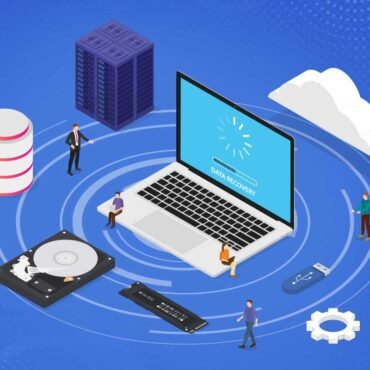
Residual Data Recovery in Digital Forensics
In today’s digital-first world, the volume of data produced, stored, and deleted every second is unprecedented. From mobile phones and laptops to cloud storage and external hard drives, digital devices ...
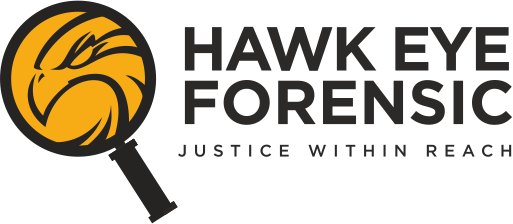

Digital Forensics Ayushi Agrawal todayNovember 21, 2025
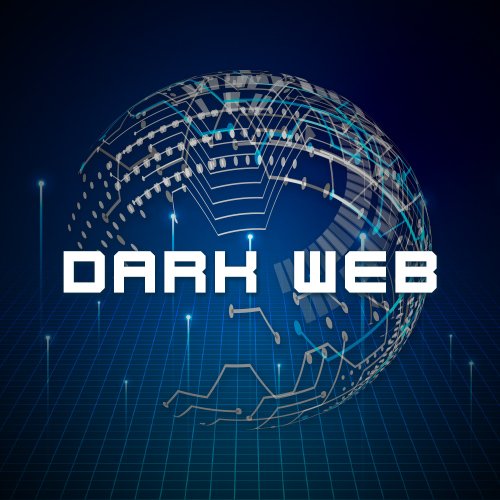
The internet you browse every day — social media, email, news, banking — makes up only a tiny fraction of the digital world. Beneath it lies a hidden layer known as the Dark Web, a part of the internet intentionally concealed and accessible only through special software like TOR. While the surface web hosts legitimate websites, and the deep web includes things like medical records and private company databases, the Dark Web has gained notoriety for hosting illegal marketplaces, forums, and criminal operations.
For digital forensic experts, this hidden world is both a challenge and an opportunity. Dark Web Forensics is the practice of identifying, analysing, and extracting evidence from Dark Web environments for criminal investigations. It plays a crucial role in modern cybercrime investigations, ranging from data breaches and ransomware cases to trafficking, fraud, and financial crimes.
The Dark Web is a portion of the internet not indexed by search engines and accessible only through specialised tools such as:
TOR (The Onion Router)
I2P (Invisible Internet Project)
Freenet
These networks anonymize the user’s identity by routing traffic through multiple encrypted layers. While anonymity protects privacy, it also enables criminals to operate without easy detection.
Common illegal activities on the Dark Web include:
Sale of stolen data (databases, credit cards, identity documents)
Ransomware distribution and “Ransomware-as-a-Service”
Hacking tools and exploit kits
Drug trafficking and weapons trade
Human trafficking
Money laundering and cryptocurrency fraud
For forensic professionals, the goal is to navigate this space securely and systematically to gather digital evidence without exposing identity or compromising the investigation.
Dark Web Forensics refers to the structured process of:
Accessing Dark Web resources safely
Identifying and tracking illicit activities
Capturing critical information (screenshots, URLs, messages, listings)
Extracting metadata and artifacts
Tracing cryptocurrency transactions
Preserving the chain of custody
Providing legally admissible digital evidence
It requires knowledge across multiple forensic domains — network forensics, OSINT, malware analysis, cryptocurrency forensics, and web forensics.
Investigators must protect their identity and system before entering the Dark Web:
Use a secured, isolated workstation or virtual machine
Employ VPN + TOR for layered anonymity
Disable scripts and insecure browser components
Monitoring and logging all activities within the isolated environment is essential for evidence preservation.
Once inside TOR or other darknet networks, investigators identify key targets, such as:
Marketplaces
Vendor profiles
Hidden forums
Data leak sites
Ransomware group blogs
Cryptocurrency mixers
OSINT (Open Source Intelligence) tools are often used to track and monitor hidden services. Automated crawlers and Dark Web search engines like Ahmia, Torch, and OnionScan help discover active .onion domains.
Collecting Dark Web evidence must maintain forensic integrity:
Capture metadata (timestamps, domain hashes, server headers)
Extract HTML source code
Save page content using forensic tools
Take legally acceptable screenshots
Log all network packets using tools like Wireshark
Hashes should be generated for all captured artifacts to maintain the chain of custody.
Monitoring TOR traffic helps analysts observe:
Entry and exit node interactions
Communication patterns
Suspicious encrypted streams
Hidden service fingerprints
Tools used include:
Wireshark
NetworkMiner
TOR forensic logs
While TOR traffic is encrypted, patterns and metadata can provide valuable insights.
A large part of Dark Web activity involves crypto payments — especially Bitcoin, Monero, and Ethereum.
Cryptocurrency forensic analysis includes:
Tracing transaction IDs
Mapping wallet addresses
Identifying mixers or tumblers
Linking transactions to real-world identities
Following money flow across blockchains
An important part of Dark Web Forensics is producing legally sound reports:
Clearly documented process
Evidence captured with timestamps
Hash values for every file
Tools used and their versions
Screenshots and logs
Chain of custody statement
This documentation ensures the evidence can withstand scrutiny in court.
TOR Browser
OnionScan
Ahmia
DarkSearch
Hunchly (web capture)
Wireshark
NetworkMiner
TOR Log Analysis Tools
Chainalysis
TRM Labs
CipherTrace
Blockchair Explorers
TOR’s layered encryption makes tracing users extremely difficult.
Dark Web marketplaces disappear frequently (“exit scams”), making timely capture essential.
Investigators must follow legal frameworks to avoid entrapment and evidence contamination.
Criminals use advanced OPSEC (Operational Security), encryption, and multi-layered transaction obfuscation.
Privacy-focused coins like Monero and Zcash are difficult to trace.
As cybercrime grows, Dark Web Forensics is becoming a crucial skill for:
Law enforcement agencies
Cyber forensic experts
Intelligence agencies
Corporate security teams
Fraud investigators
Incident response teams
It helps prevent data breaches, trace criminal groups, dismantle illegal marketplaces, and support court proceedings with strong digital evidence.
The Dark Web is a complex ecosystem where anonymity enables both privacy and criminal activities. Dark Web Forensics bridges the gap between hidden cybercriminal operations and law enforcement by providing tools and techniques to uncover, analyse, and preserve crucial evidence.
In a world where ransomware gangs, data leaks, and illegal marketplaces continue to rise, Dark Web Forensics is no longer optional — it is essential. With the right tools, expertise, and forensic discipline, investigators can illuminate even the darkest corners of the internet and bring criminals to justice.
Written by: Ayushi Agrawal
Tagged as: OSINT Cryptocurrency Forensics, CyberSecurity, Blockchain Analysis, Digital forensics, Cyber Forensics, Evidence Collection, Cybercrime investigation, Ransomware investigation, Dark Web, Darknet Forensics, TOR Browser.

DataRecovery Ayushi Agrawal
In today’s digital-first world, the volume of data produced, stored, and deleted every second is unprecedented. From mobile phones and laptops to cloud storage and external hard drives, digital devices ...
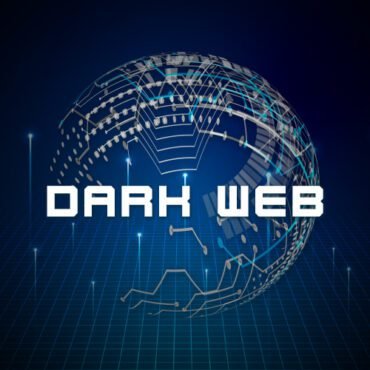
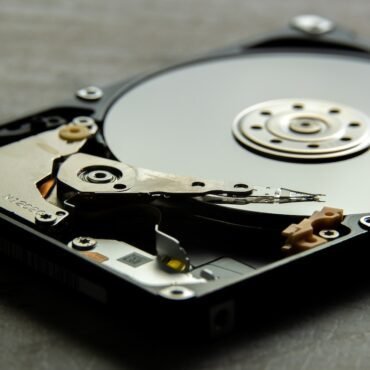
Copyright 2016-2025 all rights reserved by Hawk Eye Forensic.
Post comments (0)